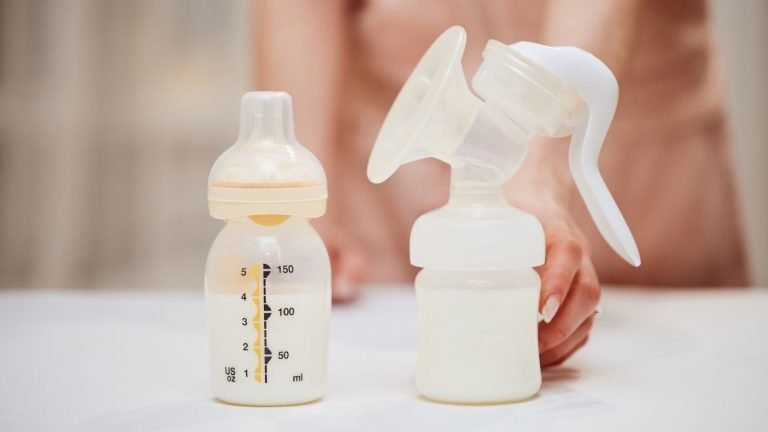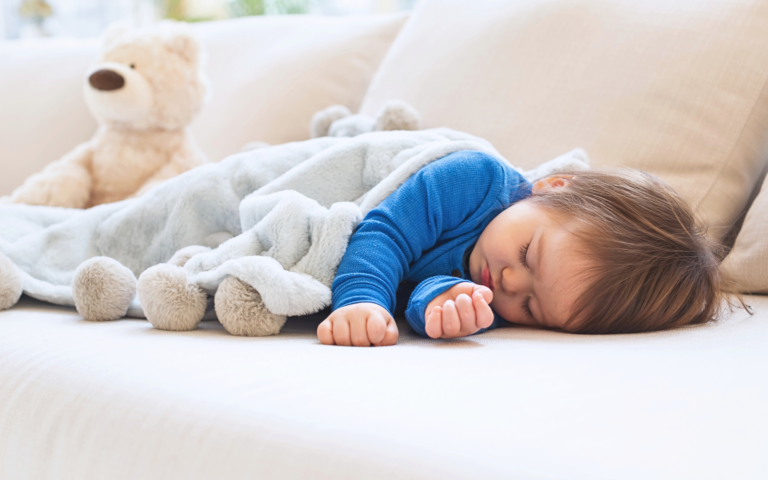Acts of Service for Children: A Parent’s Guide to Love Languages in 2025

Acts of Service for Children start with the smallest gestures—like a toddler proudly handing over a drawing or offering a toy without being asked. These simple actions reflect a powerful form of love and kindness. By teaching children the value of serving others, we help them grow into compassionate, community-minded individuals.
Whether you’re a parent, teacher, or caregiver, this guide offers practical ways to nurture this love language in kids. You’ll find easy, everyday ideas to inspire meaningful habits they can start right away.
Why It Matters: Key Takeaways – Acts of Service for Children
- Kids learn the value of love, empathy, and kindness through acts of service
- You can start teaching these values at the baby or toddler stage
- Service builds strong connections with others and boosts self-worth
- Smallest acts like making a card or sharing a snack matter
- It brings families closer as they spend time helping their community
1. Teach the Meaning Behind Every Act of Service

Children are more likely to value giving when they know why it matters. Explain that:
- Helping others shows love and care
- Service makes you feel good inside
- Every act—no matter how small—can brighten someone’s day
Talk about how giving a gift, making a meal, or being patient with a sibling can be acts of service.
2. Let the Learning Begin at Home

Your home is the best place to start shaping kind habits. Kids can:
- Help make holiday decorations for the elderly
- Share their favorite toy with a baby sibling
- Write a kind note to a parent, friend, or neighbor
These activities show kids that serving others can be fun and thoughtful. It’s also a great time to reinforce lessons about appropriate behavior as a mom and how modeling kindness impacts children’s emotional growth.
3. Be the Example They Need

Kids copy what they see. Want to teach love through action? Lead by example:
- Volunteer as a family on a community project
- Show kindness to strangers—hold the door, say thank you, be patient
- Donate gifts, food, or clothing together
Your actions become their lessons.
4. Add a Splash of Fun to Acts of Service

Teaching the value of giving doesn’t have to feel like homework. Make it fun:
- Do a “Kindness Challenge” during Christmas or any holiday
- Create a “helping hands” project board with ideas like “make a meal” or “call a grandparent”
- Host a toy-swap or gift drive in your neighborhood to help connect with others
Fun equals repeat behavior, especially for kids!
5. Match Acts with Ages

Toddlers (Ages 1–3):
- Pick up toys
- Hug a baby sibling
- Help set the table
Kids (Ages 4–7):
- Donate unused toys
- Make cards for the elderly
- Bake cookies for a neighbor
Tweens (Ages 8–12):
- Help prepare a meal for someone in need
- Join a community cleanup
- Visit or write to residents in an elderly home
Each age can do something meaningful—no act is too small.
For toddlers just starting to explore the world, this approach aligns perfectly with safe outdoor play ideas for toddlers, where structure, empathy, and gentle boundaries are key.
6. Talk About Their Feelings

After a project, ask your child:
- “How did that act of service make you feel?”
- “Do you think the person felt loved?”
- “What’s another gift you’d like to give someone?”
These chats deepen their understanding and make the lessons stick.
7. Create a Culture of Kindness at Home

Turn service into tradition:
- Every Sunday, pick one thoughtful thing to do for someone else
- Make a “Kindness Jar” filled with ideas like “call your grandparent,” “help a neighbor,” or “write a thank-you note”
- Celebrate a “Giving Day” during the holiday season
It’ll bring the family closer and teach the value of spending time helping others. This rhythm of care also supports postpartum families—an opportunity to introduce siblings to postpartum essentials for mom through acts of service like fetching water, bringing a snack, or offering quiet play.
8. Highlight Everyday Heroes

Use books and videos to introduce real-life helpers like:
- Firefighters, nurses, or community volunteers
- Neighbors who organize local cleanups
- Kids who start their own charity projects
Let your child see that even the smallest acts make a big difference. Consider creating a small nursery ideas reading corner where you can share stories about kindness and service with your little ones.
9. Team Up with Schools and Communities

Want your child to see the bigger picture? Help them get involved at school:
- Suggest a service project like a coat drive
- Ask teachers about a “kindness week” or community outreach
- Encourage your child to help a classmate or make someone smile
It reinforces what you’ve taught at home and helps build resilience in young children.
10. Always Celebrate Their Good Deeds

Recognition matters. Tell your child:
- “You were so thoughtful today.”
- “You made someone feel really loved.”
- “That was a great act of service! I’m proud of you.”
You could even create a “Kindness Wall” or scrapbook filled with their good deeds and drawings. This ties beautifully into how to organize a bookshelf for kids where you can display their kindness projects alongside their favorite books.
Summary
Raising kids to value acts of service is all about starting small and staying consistent. It doesn’t take grand gestures—a shared toy, a simple meal, or a kind note can change someone’s day.
These actions don’t just help others—they shape your child into someone who’s compassionate, caring, and deeply connected to their community and loved ones.
Make kindness a part of your family’s rhythm, and you’ll raise a child who gives from the heart. Consider incorporating these values into your daily routines, from effective time management for parents to encouraging independent play that includes acts of service.
Frequently Asked Questions
What Are the Best Acts of Service for Young Children?
Simple ones! Picking up toys, helping with a meal, or making a card for the elderly are perfect. Even during pre-nap routine for toddlers, you can incorporate small acts of service like putting away toys or helping prepare a younger sibling’s blanket.
How Can I Encourage My Child to Keep Giving?
Celebrate their efforts, make it fun, and let them choose the project or gift. Motivation grows with ownership. Just like introducing solid foods for babies, consistency and patience are key to developing these habits.
At What Age Should I Start Teaching Acts of Service?
Start as early as the toddler years. Even a baby can learn through observation and simple actions like sharing. This aligns with early language development tips where modeling behavior is crucial.
How Do I Teach My Child to Be Thoughtful and Kind?
Talk about feelings, lead by example, and give them plenty of chances to serve others through small, meaningful acts. Consider reading chapter books for first graders that feature characters who demonstrate kindness and service.
Can Service Help My Child Connect with Others?
Absolutely. Service builds empathy and strong relationships with neighbors, community members, and loved ones. It’s a wonderful way to complement sensory play activities for babies that help develop social and emotional skills.





